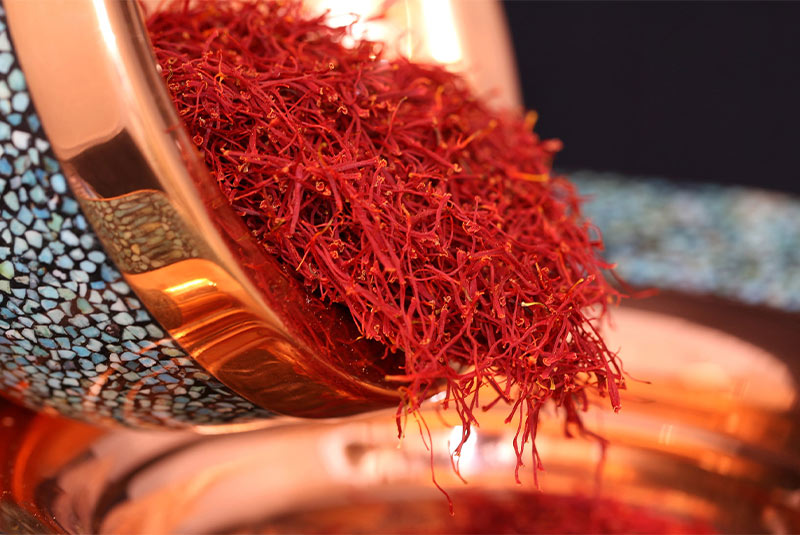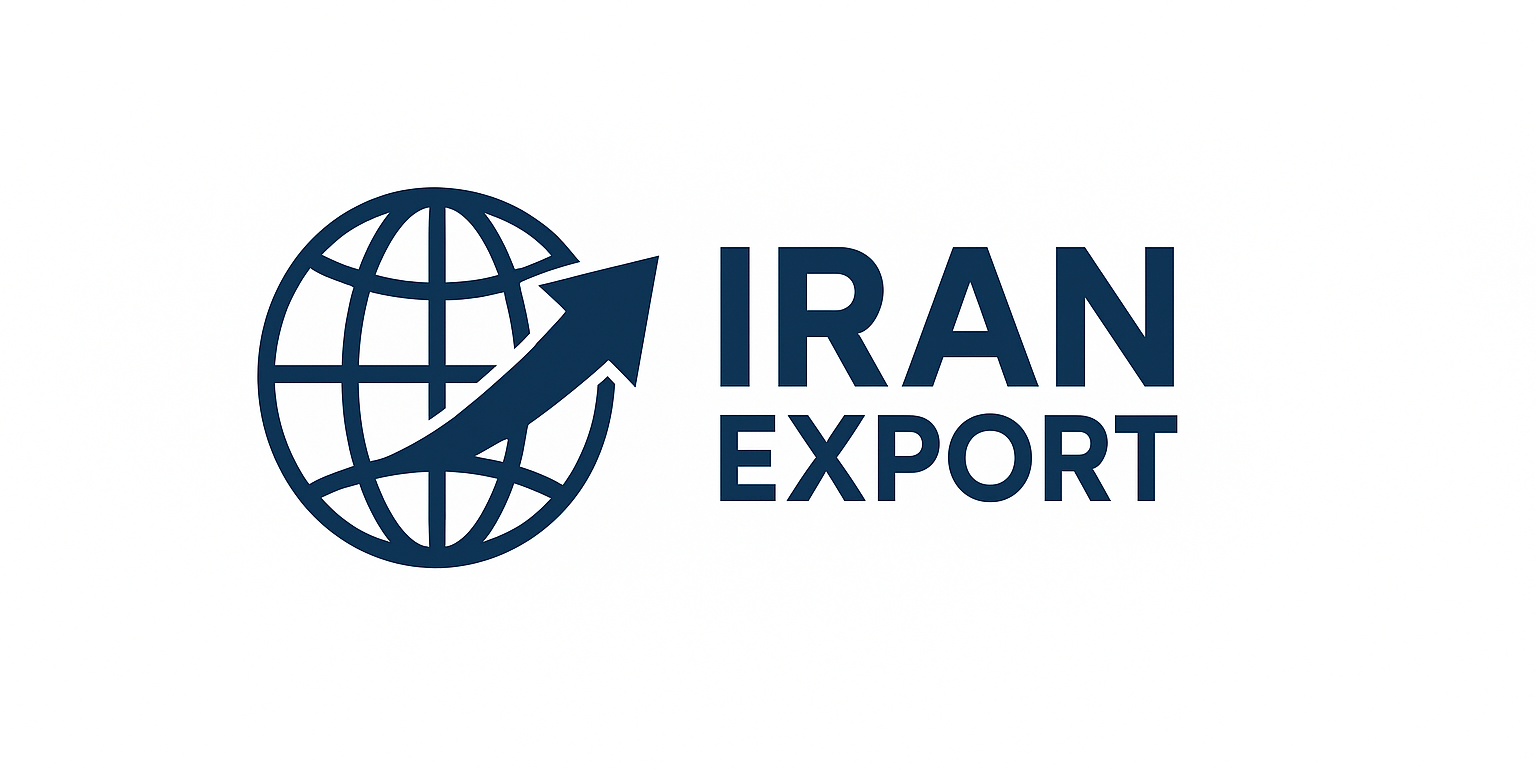
Iranian Saffron: The Red Gold of Global Markets
Introduction
When it comes to luxury spices, saffron stands above the rest. Known as the “Red Gold”, saffron is prized for its intense aroma, distinct flavor, and vibrant color. Among all producing countries, Iran holds the crown, supplying more than 80% of the world’s saffron. This dominance is not only due to Iran’s favorable climate and centuries-old tradition but also because of the unmatched quality of its saffron strands.
In this article, we will explore the importance of Iranian saffron in global markets, its varieties, export destinations, and the opportunities and challenges shaping its future.
Why Iranian Saffron Is Called “Red Gold”
Iranian saffron is often referred to as Red Gold because of its high value, rarity, and labor-intensive cultivation process. Each saffron strand is carefully handpicked from the Crocus sativus flower, with around 150,000 flowers required to produce just one kilogram of saffron.
Key qualities that make Iranian saffron unique:
-
Rich aroma and flavor due to high levels of crocin, picrocrocin, and safranal.
-
Deep red color that enhances food and beverages naturally.
-
Versatility in culinary, pharmaceutical, and cosmetic industries.
Major Varieties of Iranian Saffron
Iran produces different grades and types of saffron, each catering to specific markets:
1. Negin Saffron
Considered the highest quality, Negin saffron has long, thick, and bright red threads with maximum aroma and coloring strength. It is the most sought-after variety in global markets.
2. Sargol Saffron
Made of pure red stigma without any yellow or white parts, Sargol offers strong color and fragrance. It is widely used in cooking and is popular in Middle Eastern and Asian markets.
3. Pushal (Pushali) Saffron
This variety includes some yellow style parts, making it less intense but more affordable. It is ideal for bulk buyers and everyday household use.
4. Konj (Bunch) Saffron
The whole stigma and style are sold together, traditionally tied in bundles. This type appeals to traditional markets and is often used for medicinal purposes.
Global Export Markets for Iranian Saffron
Iranian saffron reaches more than 50 countries worldwide, positioning it as a truly international product. The key markets include:
-
Middle East and Gulf States: UAE, Saudi Arabia, and Qatar serve both as consumers and re-export hubs.
-
Europe: Spain, Italy, Germany, and France are major importers, with Spain also rebranding and re-exporting Iranian saffron.
-
Asia: India, China, and Japan have rising demand, especially in the food and pharmaceutical sectors.
-
North America: The U.S. and Canada import saffron primarily for gourmet cuisine, health supplements, and herbal products.
This wide market reach underscores Iran’s central role in the global saffron supply chain.
Economic Importance of Saffron for Iran
Saffron is one of Iran’s most valuable non-oil exports. It generates significant foreign currency income and supports the livelihoods of thousands of farmers, especially in provinces such as Khorasan Razavi and South Khorasan.
Some economic highlights include:
-
Employment creation: The saffron industry supports hundreds of thousands of jobs.
-
High export value: Despite small volumes, saffron exports generate billions of dollars due to its premium pricing.
-
Diversification: It helps Iran diversify its export basket beyond oil, gas, and petrochemicals.
Global Trends Driving Saffron Demand
The popularity of saffron is not limited to traditional markets. Several global trends are fueling its growing demand:
-
Health and Wellness Movement – Saffron is recognized for its antioxidant and antidepressant properties, making it a sought-after ingredient in dietary supplements.
-
Luxury Culinary Experiences – Michelin-starred chefs and premium restaurants worldwide use saffron in gourmet dishes.
-
Pharmaceutical and Cosmetic Uses – Increasing research highlights saffron’s benefits for eye health, mood regulation, and skincare.
-
Cultural and Religious Demand – In many cultures, saffron is associated with festivals, weddings, and religious ceremonies, ensuring steady seasonal demand.
Challenges in the Iranian Saffron Industry
While Iran dominates the saffron market, the industry faces several challenges:
-
Branding and Packaging Issues: Many Iranian saffron exports are rebranded by other countries (e.g., Spain), reducing Iran’s visibility.
-
Trade Restrictions: International sanctions complicate banking and logistics, making it difficult to reach some markets.
-
Price Fluctuations: Overproduction and smuggling can create instability in saffron pricing.
-
Competition: Countries like Spain, India, and Afghanistan are emerging as competitors, though Iran still leads in quality and volume.
Future Outlook: Unlocking Iran’s Saffron Potential
To strengthen its global position, Iran needs to focus on:
-
Improved branding and marketing to highlight saffron’s origin and authenticity.
-
Modern packaging solutions that meet international food safety standards.
-
Expanding value-added products such as saffron extracts, capsules, and cosmetics.
-
Leveraging e-commerce platforms to reach health-conscious consumers worldwide.
If these strategies are pursued, Iranian saffron could expand its reputation beyond being just a spice into a global luxury product with diverse applications.
Conclusion
Iranian saffron, rightly called the “Red Gold,” is much more than a spice—it is a symbol of tradition, culture, and global trade. With premium varieties like Negin, Sargol, and Pushal, Iran continues to dominate the international saffron industry. Despite challenges such as rebranding and trade barriers, opportunities for growth are immense. By investing in branding, innovation, and new market channels, Iran can further secure its position as the world’s leading saffron exporter.
For international buyers, Iranian saffron represents not only the best quality but also a connection to an ancient tradition that continues to thrive in modern global markets.

